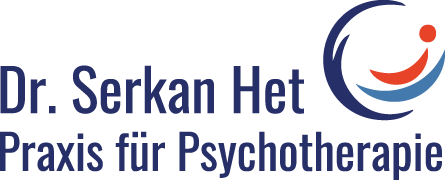Its effect is determined by the relationship between the therapist and the client, the methods that are being used and the resulting occasions outside of the treatment room. In Germany there are three officially accredited psychotherapeutic schools (Cognitive Behavioral Therapy, Depth Psychology and Psychoanalysis) which move closer together and approach in content in the last years. Meanwhile, it is common to work school-overlapping and to use methods which have been proven to be effective and healthful independently from which therapeutic school they originally came. Further information on the pathways to start a psychotherapy can be taken from this link and from this website.
By means of cognitive behavioral psychotherapy we concentrate on your goals and strengths. We consider the psychotherapeutic work as teamwork and include it into the desired changing process to a maximum extent. Our guidelines include a motivational relationship between therapist and client as well as empathy, transparency and apprehension, the support to self-help and the joint evaluation of your changing steps. Before treatment we check the presence of a mental disorder by use of standardized diagnostic instruments. Often this is not apparent at the first glance. However, for further planning of treatment this step is unavoidable. At the same time not every diagnosed mental disorder has to be treated. A crucial aspect is always the personally experienced degree of suffering which can also be informative in answering the question about the need of visiting a psychotherapist. These principles are also valid for the treatment of children and adolescents and will be applied according to age. Furthermore we focus also on the interaction between parents and their children during the treatment of children and adolescents. Therefore special sessions for parents will be offered as well.
Studies show that almost one person in three contracts a mental disorder requiring treatment. Fortunately, the image of psychotherapy has positively changed in the past years so that going to a psychotherapist has become easier. The most common complaints in adults, children and adolescents that are being treated in our practice according to the current state of research are the following:




